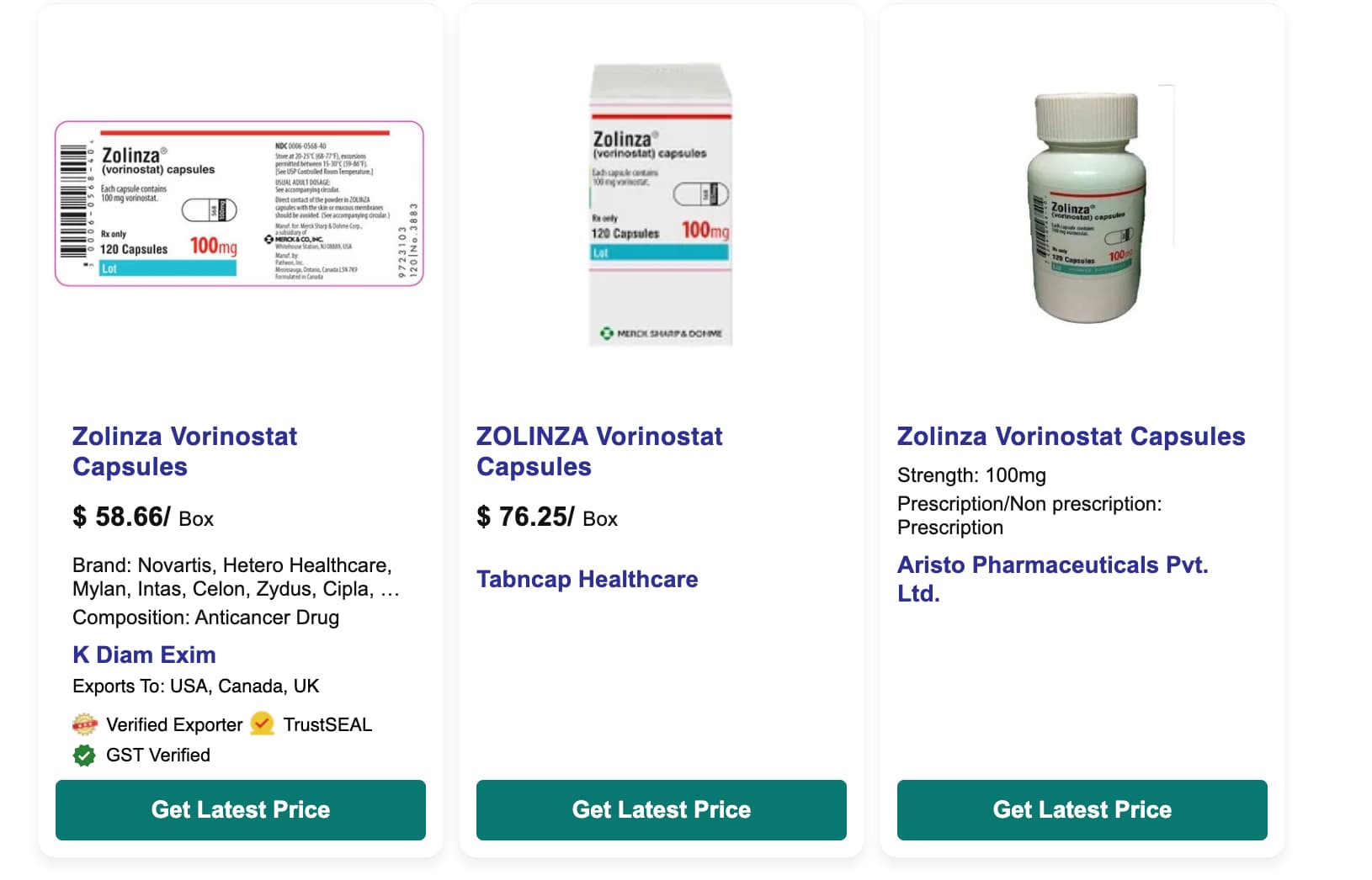Anastasia V. Shindyapina, Alexander Tyshkovskiy, Perinur Bozaykut, José P. Castro, Maxim V. Gerashchenko, Alexandre Trapp, Margarita V. Meer, Bohan Zhang, Jesse R. Poganik, Steve Horvath, Richard A. Miller, Vadim N. Gladyshev
Longevity interventions in mammals are typically discovered on a case-by-case basis, hindering systematic geroprotector development. We developed a platform for the identification of longevity interventions integrating longevity gene expression biomarkers within and across species, in silico chemical screening, analyses of selected compounds in cell culture, short-term dietary interventions coupled with omics profiling, and ultimately lifespan studies in mice. This approach identified compounds (selumetinib, vorinostat, celastrol, AZD-8055, LY-294002) that extended lifespan and/or healthspan in aged C57BL/6JN male mice, with limited effects in females. In addition, selumetinib and vorinostat increased lifespan when administered to young, genetically heterogeneous UM-HET3 mice. Our biomarker-driven platform accelerates geroprotector discovery, offering a scalable approach to target conserved longevity pathways.
Celastrol (tripterine ) is a bioactive chemical compound isolated from the roots of Tripterygium wilfordii (Thunder duke vine) and Tripterygium regelii (Regel’s threewingnut). Celastrol is a pentacyclic nortriterpen quinone and belongs to the family of quinone methides.[2] It has been used for centuries as a traditional Chinese medicine. In recent years, celastrol has been widely studied for its anti-inflammatory, anticancer, antioxidant, and antibacterial properties.
Preclinical pharmacology
AZD8055 is a potent, selective inhibitor of mTOR kinase, targeting both mTORC1 (rapamycin-sensitive) and mTORC2 (rapamycin insensitive) complexes. AZD8055 is specific against mTOR (IC50 value of 0.8 ± 0.2 nM using an immunoprecipitate of full length mTOR from HeLa cells in an ELISA-based kinase assay). AZD8055 was inactive in a counter screen against 260 kinases.AZD8055 inhibited downstream targets of both mTORC1 (phosphorylation of S6 at serine 235/236) and mTORC2 (phosphorylation of AKT at serine 473) in several in vitro models in a dose- and time-dependent manner. Oral treatment of mice bearing U87-MG human glioma xenografts twice daily with 2.5, 5, and 10 mg/kg/day AZD8055 for 10-days resulted in a dose-dependent tumour growth inhibition of 33%, 48% and 77%, respectively. All doses were well tolerated. The growth inhibitory effect of once daily administration with 10 and 20 mg/kg of AZD8055 for 10-days was 57 and 85%, respectively. This tumour growth inhibitory effect was observed in a number of xenograft models tested in vivo. Furthermore, the antitumour activity in vivo was in good agreement with growth inhibition observed in cell lines in vitro.
https://openinnovation.astrazeneca.com/preclinical-research/preclinical-molecules/azd8055.html
LY294002 is a morpholine-containing chemical compound that is a potent inhibitor of numerous proteins, and a strong inhibitor of phosphoinositide 3-kinases (PI3Ks).[1] It is generally considered a non-selective research tool, and should not be used for experiments aiming to target PI3K uniquely.[2]
2025.06.26.661776v1.full.pdf (4.9 MB)
https://www.biorxiv.org/content/10.1101/2025.06.26.661776v1-0

